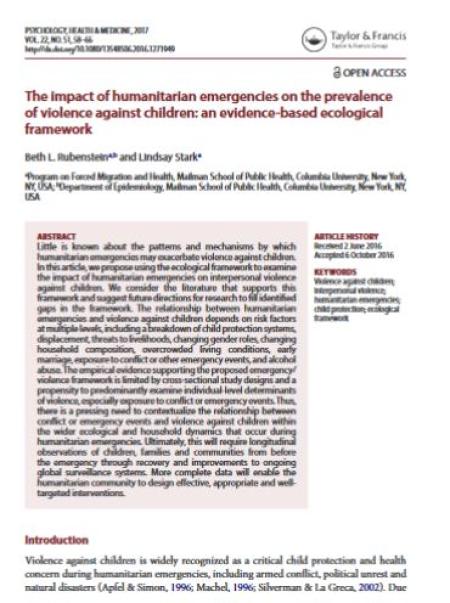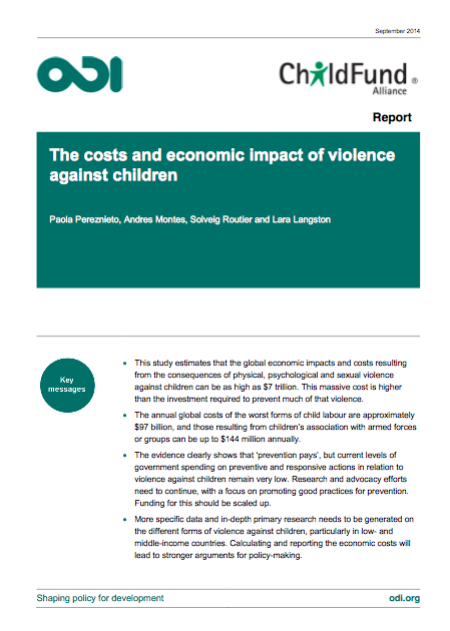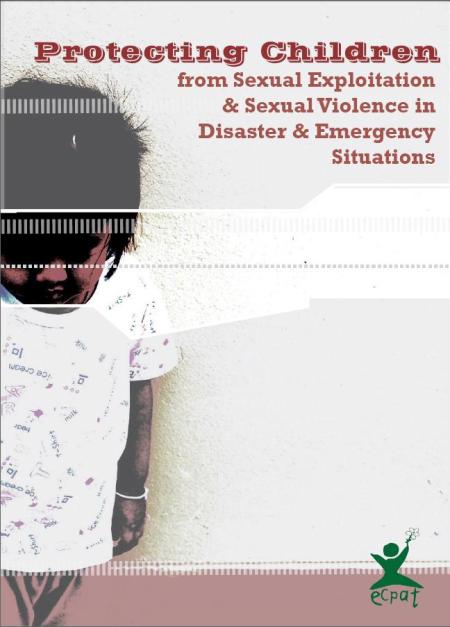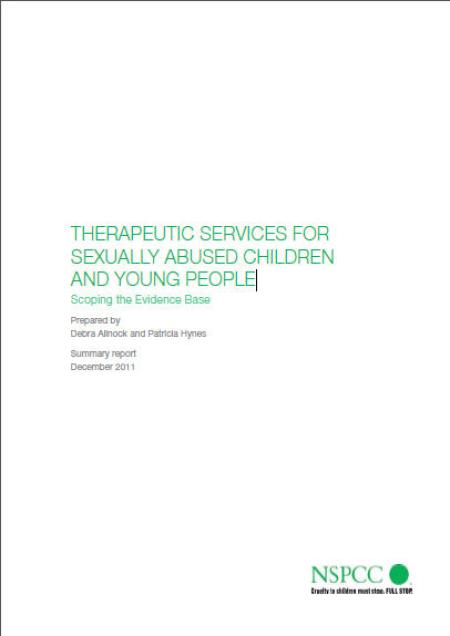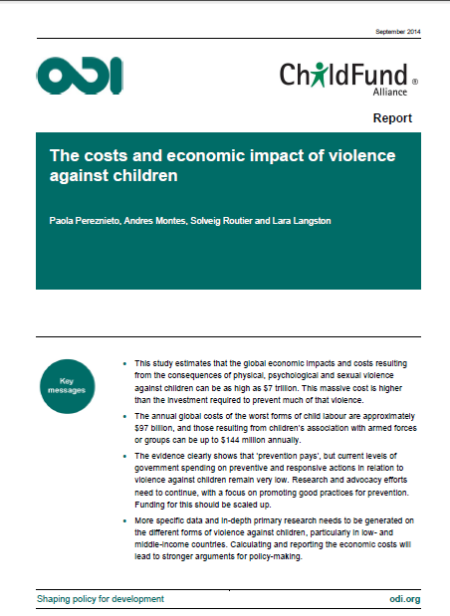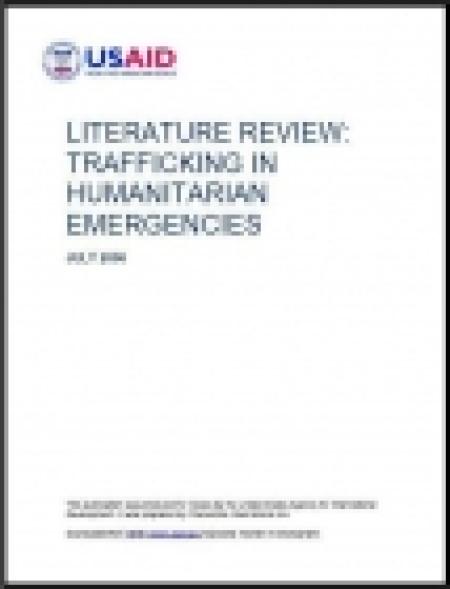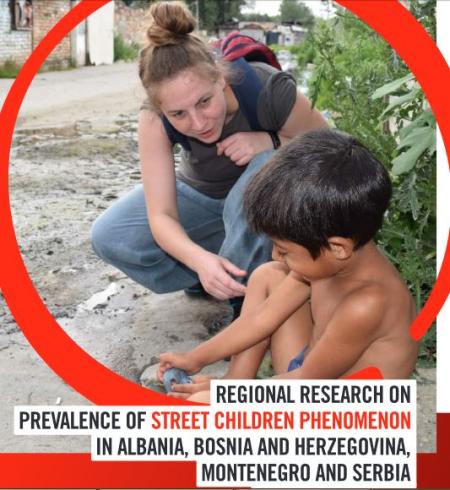
Little is known about the patterns and mechanisms by which humanitarian emergencies may exacerbate violence against children. In this article, we propose using the ecological framework to examine the impact of humanitarian emergencies on interpersonal violence against children. We consider the literature that supports this framework and suggest future directions for research to fill identified gaps in the framework.
The relationship between humanitarian emergencies and violence against children depends on risk factors at multiple levels, including a breakdown of child protection systems, displacement, threats to livelihoods, changing gender roles, changing household composition, overcrowded living conditions, early marriage, exposure to conflict or other emergency events, and alcohol abuse. The empirical evidence supporting the proposed emergency/ violence framework is limited by cross-sectional study designs and a propensity to predominantly examine individual-level determinants of violence, especially exposure to conflict or emergency events.
Thus, there is a pressing need to contextualize the relationship between conflict or emergency events and violence against children within the wider ecological and household dynamics that occur during humanitarian emergencies. Ultimately, this will require longitudinal observations of children, families and communities from before the emergency through recovery and improvements to ongoing global surveillance systems. More complete data will enable the humanitarian community to design effective, appropriate and welltargeted interventions.
(Taken from abstract)


